Japan abounds in maples, ginkgoes and other deciduous trees that dazzle us with fiery colors from October to December. The mountains and valleys of the Kanto, Kansai, Chubu, Tohoku and even Hokkaido regions offer endless sceneries of beautiful fall foliage. For those looking for a little fresh air and exercise, here are 12 outdoor hiking areas in Japan supplying venturers with the best of all worlds.
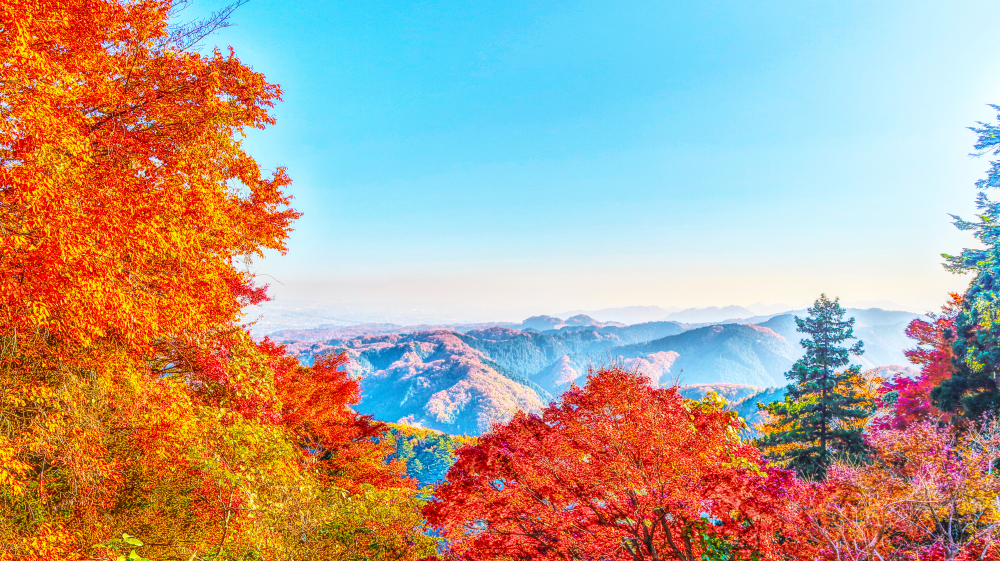
Slyellow / Shutterstock.com
1. Mount Takao
No list is complete without Mount Takao, which offers all one could want out of fall: leaves thickly layering the hiking trails, wide panoramas that include Tokyo and Yokohama, rolling hills coated in colorful forests, decorated temples, wildlife, and refreshments at lookout spots at the summit. Returning visitors are familiar with the eight different routes to the top, and the three different ways up: walking, cable car, or lift. Unfortunately Takao-san also offers people – thousands and thousands of people – during peak foliage season.
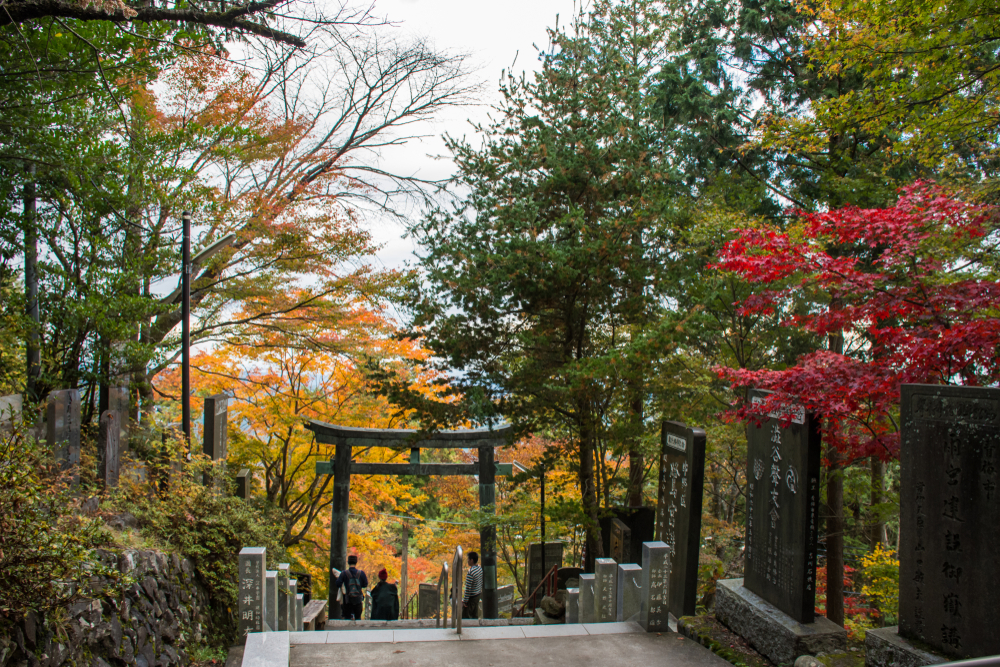
simpletun / Shutterstock.com
2. Mount Odake & Mitake
Climbing Mount Odake is the most convenient day hike from Tokyo aside from Takao. One of the three famous peaks of Okutama, Odake-san (1,267m) is one of the tallest mountains in Tokyo Prefecture. The journey begins with a six-minute cable car ride to the summit of Mount Mitake (929m), home of Musashi-Mitake Shrine, a place of worship for more than 2,000 years. Once popular with samurai, the shrine is particularly picturesque in the autumn. From there, the trail to the summit of Odake takes you past a sacred boulder, a tranquil natural rock garden (offering a lovely picnic spot) and the cascading Ayahiro Falls.
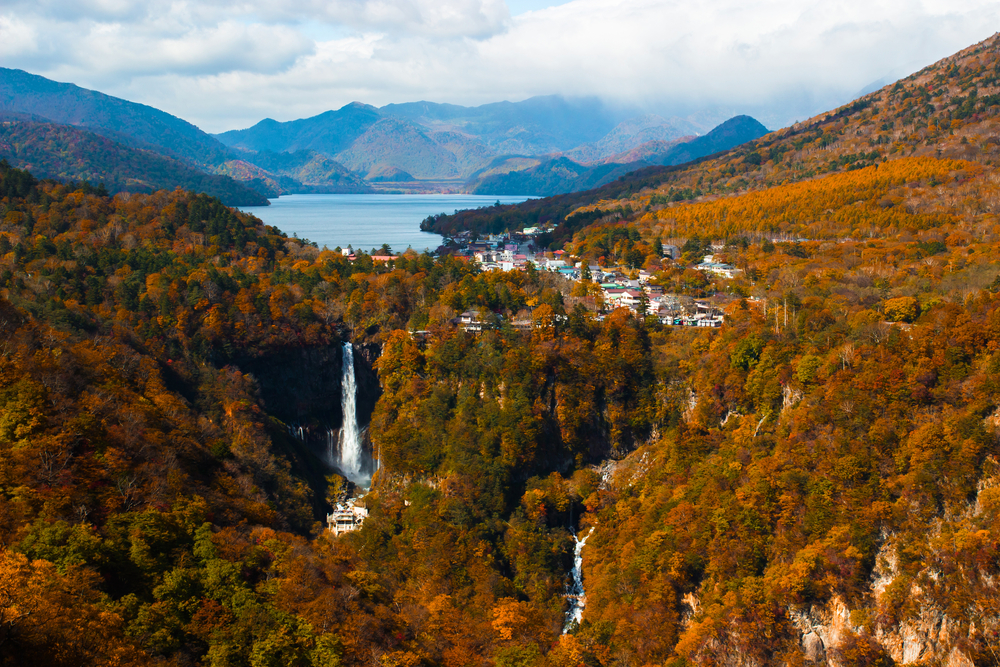
TNShutter / Shutterstock.com
3. Nikko National Park
Nikko National Park is one of the first national parks in Japan, opening in 1934. The park area straddles Fukushima, Tochigi and Gunma prefectures, and is easy to get to from Tokyo. The area is rich in cultural, historical, and natural treasures, including the world-famous Nikko Toshogu Shrine and Rinnoji Temple, but it has much more to offer than first meets the eye. To the northeast, boat rides along Kinugawa River offer stunning views of the surrounding forests and mountains. Further upstream of the river lies Setoaikyo Canyon, a two-kilometer-long valley that is approximately 100 meters deep. To the southwest, the Oku-Nikko High Moor consists of wide expanses of wetlands that can be crossed on wooden pathways. For hikers, both Mount Nantai and Mount Oku-Shirane can easily be done in a day.
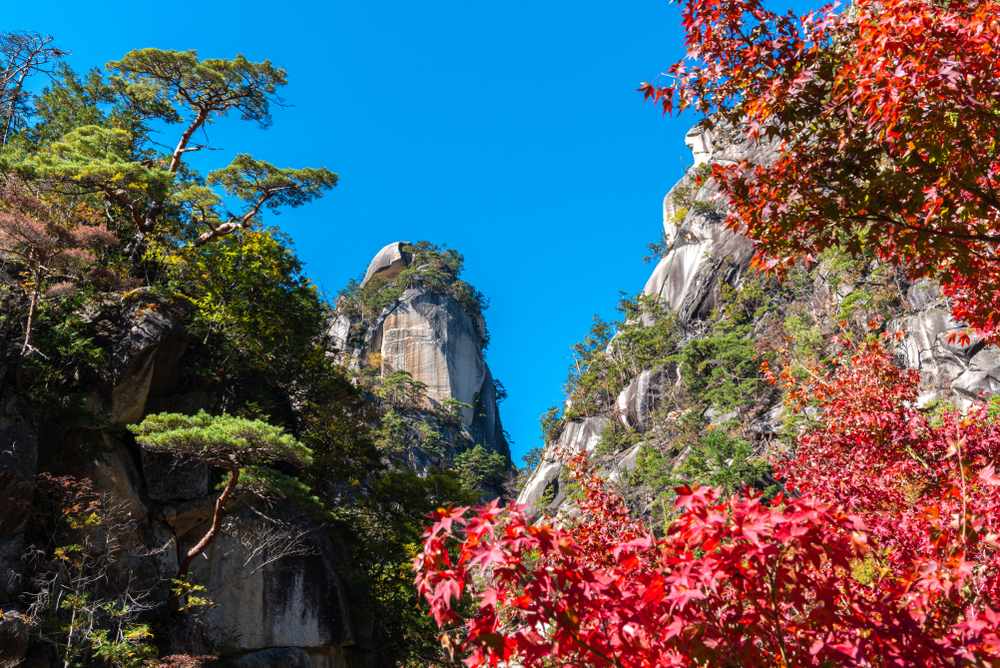
Shawn.ccf / Shutterstock.com
4. Chichibu-Tama-Kai National Park
Home to multiple mountain worship regions, Chichibu-Tama-Kai National Park allows you to commune directly with nature along the mountain ridge route of Daibotsu Pass offering views of both Mount Fuji and the Minami Alps. For the adventurer, The Metropolitan Nature Trails (Kanto Fureai no Michi) consists of four courses that guide hikers through seven prefectures (Tokyo, Saitama, Gunma, Tochigi, Ibaraki, Chiba and Kanagawa). The beauty of these particular routes is that they cover not only extensive natural environments but also areas of historical and cultural value.
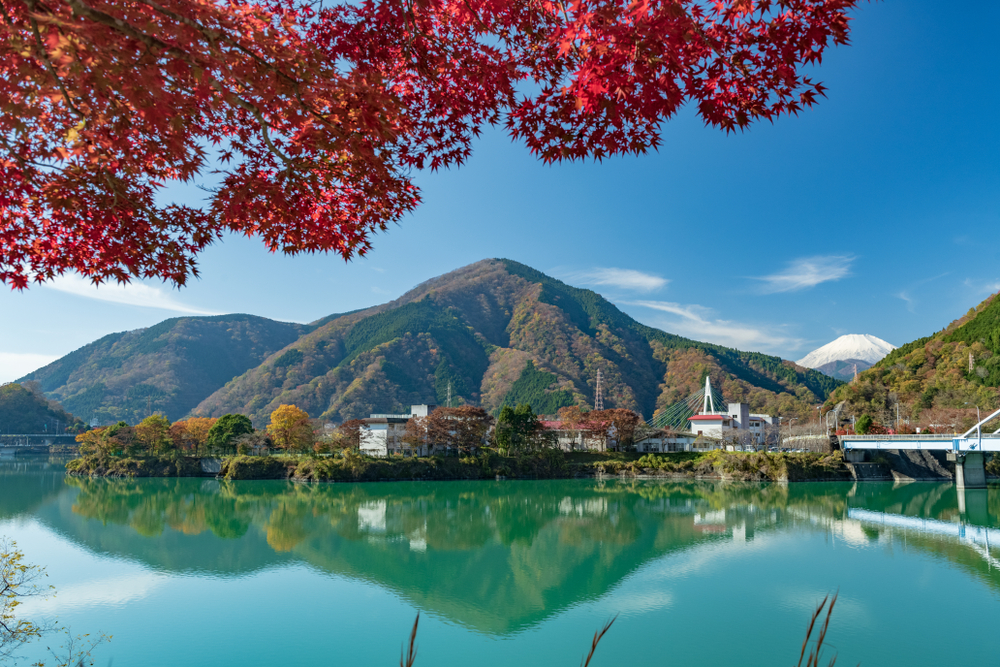
9MOT / Shutterstock.com
5. Tanzawa Region
Lake Tanzawa, with its teal green waters, stretches towards a snow-peaked Mount Fuji, surrounded by overhanging branches and embraced by a sloping, sandy bank for visitors to relax on. Nearby mountains, like Furosan and Onoyama, are draped in yellow and red trees, making for breathtaking views in a quiet region. It is a great place for a picnic and a light hike. Nearby are Tenman and Kamioda Shrines; both resting alongside Miho Dam, nestled in a thick forest that turns brilliant colors in fall. The lake and shrines are easily reached from the Yamakita area (less than a two-hour train ride or drive from Tokyo), and just 12 minutes from Yaga Station by car.
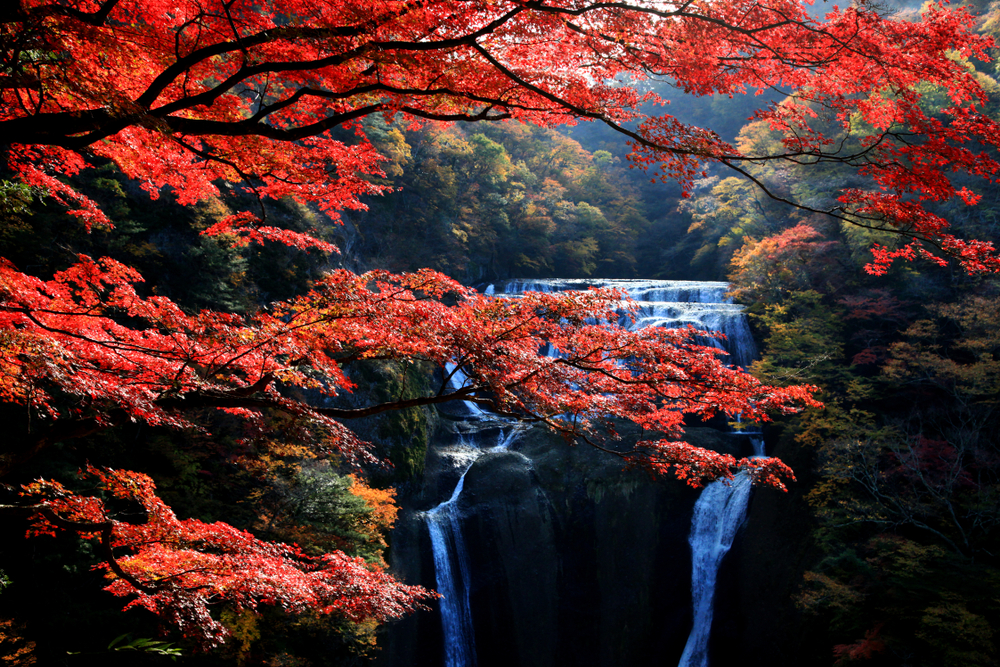
jirobkk / Shutterstock.com
6. Ibaraki Falls
A shinkansen from Ueno Station will get you to Ibaraki in just under 30 minutes. The stunning Fukuroda Falls are a must for autumn’s to-visit list. Situated in Ibaraki’s claim to fame, Hananuki Valley, the shape-shifting falls cascade through a valley of low-hanging, brightly-hued foliage throughout autumn. The boardwalks and crisscrossing bridges provide ample viewing and alternating perspectives of the falls and treetops. Some evenings, the park staff illuminates the falls in brilliant colors to create images and rainbow effects. A lesser-known koyo viewing spot, Hanazono Valley is home to lower-set, wide waterfalls and spectacular fall foliage.
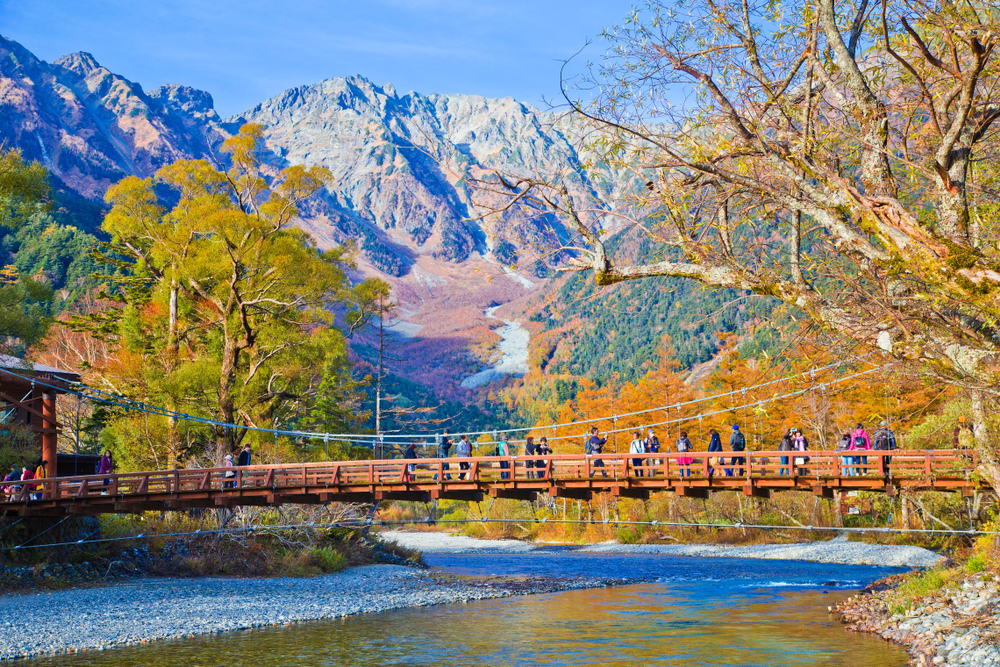
T J / Shutterstock.com
7. Kamikochi
Kamikochi is one of those idyllic locations that promises breathtaking hikes and autumn colors. Surrounded by the skyline of the Japanese Alps, Kamikochi can be reached by bus from Shinjuku Station. A mere two hours from the city, and you’ll be in the heart of virgin forests, and roaming one of the country’s beloved national parks. The area explodes in natural colors like fireworks during late fall. The southern valley is home to Taisho Pond, and avid hiking fans often stay in that area for the research trails and access to Mount Yakedake. The northern side of Kamikochi features the breathtaking Myojin Pond and bridge, and entry points to the Japanese Alps and Hotaka Mountain Range are close-by.
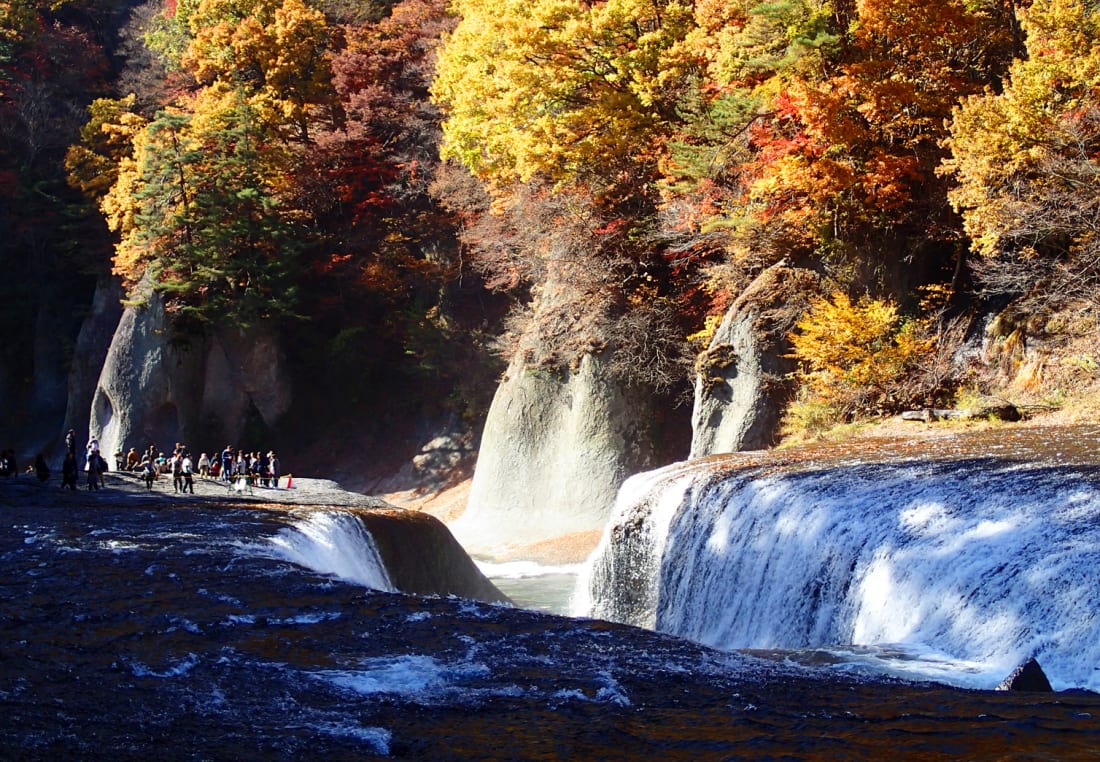
Celia Knox
8. Fukiware Falls, Gunma
Located 40 minutes from Numata Station, Fukiware Falls is one of Gunma’s hidden gems. Meaning “split” in Japanese, the waterfall was created when part of the soft granite riverbed eroded and split apart, resulting in a horseshoe-shaped seven-meter-high drop. Some people call it the Niagara of the East. Visitors can get just meters away from the waterfall and feel its power up close. In autumn, the dense forest lining the riverbank blazes with yellows and oranges. A walking track circuit takes you to the other side of the river and up the hillside for a different perspective of this breathtaking waterfall.
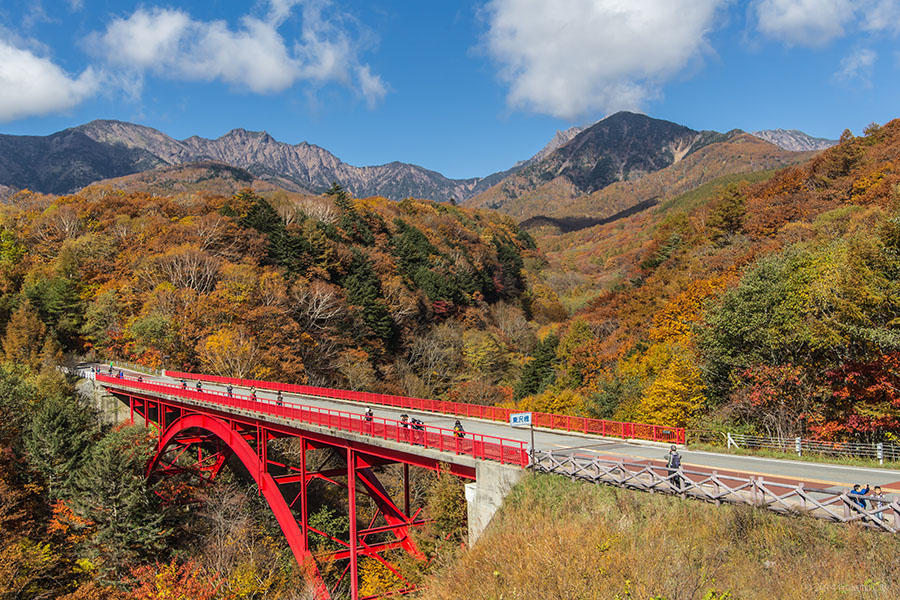
9. Yatsugatake
The Yatsugatake area offers beautiful nature, an abundance of foliage, hiking trails of all levels of difficulty, a plethora of other outdoor activities and a wide variety of fall festivals. Bordering Nagano and Yamanashi prefectures, the Yatsugatake region is located in the middle of the Japanese Alps. The most popular mountains to climb are Akadake, Yatsugatake’s highest peak at 2,899 meters, Yokodake, the second highest at 2,829 meters and Ioudake at 2,760 meters. Many climbers make the trek from peak to peak. Of course, there are plenty of less challenging trails along the base where one can enjoy the splendor of the fall foliage. If lucky, hikers can spot wildlife like foxes, tanuki or deer.
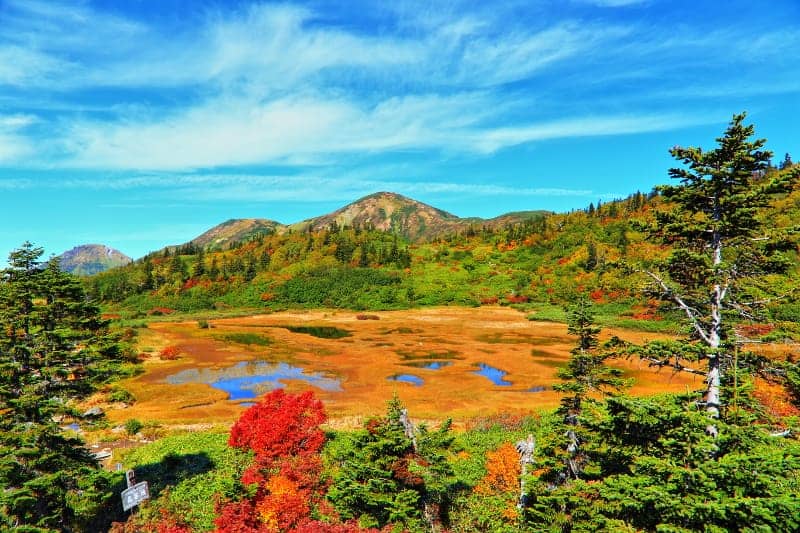
10. Myoko-Togakushi Renzan National Park
This national park straddles the borders of Niigata and Nagano prefectures. It features a combination of volcanic and non-volcanic mountains, giving the land a mix of geological structures that are rarely seen together in Japan. This may be one of the reasons the region has been important for ascetic practices since ancient times. The many marshes and ponds here, as well as the difference in elevations across the region, help maintain a large biodiversity of flora and fauna. Koyaike moor (pictured above) is located 2,100m above sea level, while Lake Nojiri is home to the unearthed fossils of the Naumann elephant.
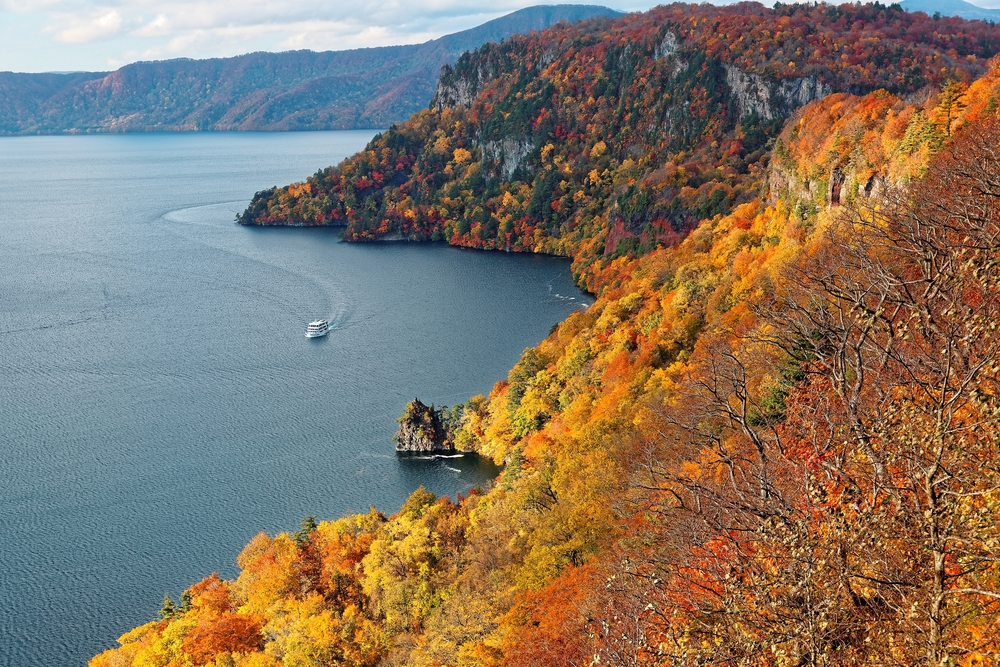
CHEN MIN CHUN / Shutterstock.com
11. Towada-Hachimantai National Park
Found in northern Tohoku, this park stretches across Aomori, Akita and Iwate prefectures. Located in two separate areas, Towada-Hachimantai National Park is a combination of the Towada-Hakkoda and the Hachimantai regions. The Towada-Hakkoda area’s crowning jewel is Lake Towada, Japan’s largest crater lake on Honshu. It was formed about 200,000 years ago and is famous for its deep blue color, beautifully offset by the red leaves in autumn. At the nearby Oirase Mountain Stream you can see almost 30 crystal clear cascading waterfalls within a 14-kilometer hike through the deciduous forest.
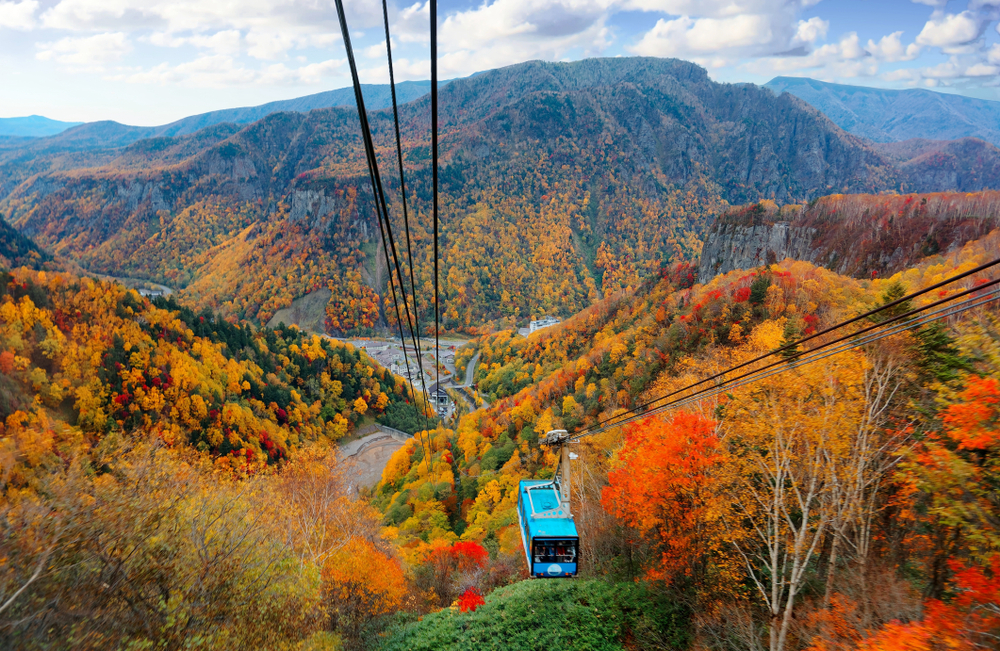
CHEN MIN CHUN / Shutterstock.com
12. Daisetsuzan National Park
Sometimes referred to as the roof of Hokkaido, the Mount Daisetsu volcanic group has many active volcanos and includes Mount Asahidake, which is Hokkaido’s highest peak at 2,291 meters above sea level. The area is popular among mountain climbers for its variety of challenging climbs and breathtaking views. Hikers can rest at one of the many hot spring resorts in the area: Sounkyo Onsen — the largest hot spring area in northern Hokkaido — as well as nearby Daisetsu Kogen Onsen, and Nukabira Gensenkyo. The Ainu people refer to the area as Kamui Mintara, which means “the playground of the gods,” and is host to rare animal species such as the Japanese pika (often referred to as a living fossil), the Siberian ruby throat, the Ezo red fox and more.








